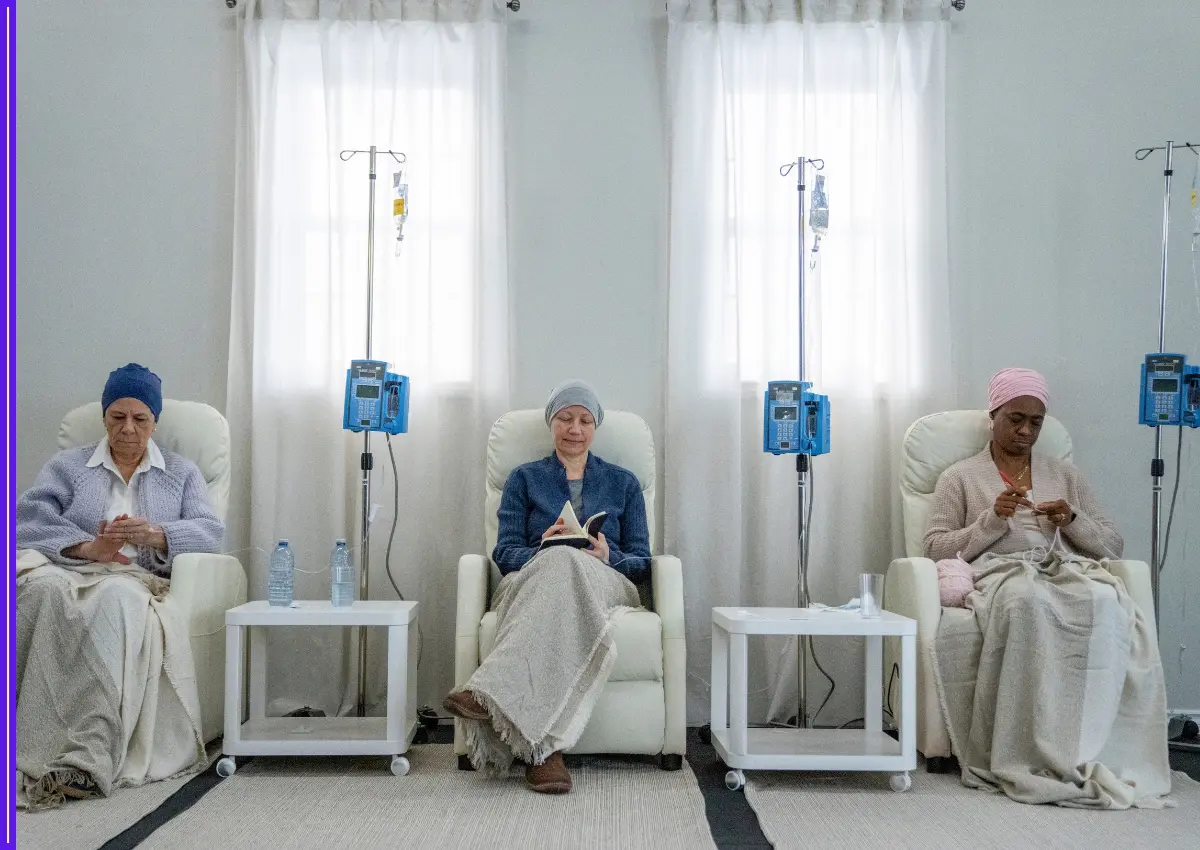Creating hostels and partnerships to create specialized skill-training programs for women will complement this project.
The Finance Minister emphasized a commitment to increasing women’s labor force participation in today’s Union Budget 2024 announcements. Creating hostels and partnerships focused on developing specialized skill training programs for women will help this project.

2024 Interim Budget: Advances in Women’s Empowerment
Finance Minister Nirmala Sitharaman emphasized in her interim budget speech the notable advancements in women’s empowerment over the last ten years, which have greatly improved their standard of life and dignity. Sitharaman increased the goal for “Lakhpati Didis” from 20 million to 30 million women in the interim budget released in February. On the plan, more updates are anticipated soon.
Notably, female entrepreneurs received loans totaling around 30 crore under the Mudra Yojana. Additionally, there has been a noticeable surge in the number of women pursuing higher education, enrolling in STEM courses, and joining the workforce. 70% of joint or solo home ownership in rural regions is currently held by women thanks to the PM Awas Yojana. Furthermore, a plan to reserve one-third of the seats in the state assemblies and Lok Sabha for women was put up.
In the future, the budget will prioritize several programs aimed at enhancing women’s empowerment, including:
–Lakhpati Didi Schemes: To enable women to become prosperous business owners by providing them with committed assistance.
– Direct Benefit Transfers (DBT): Possible improvements to current DBT programs concerning cooking gas will be investigated.
– Healthcare financing: Provisions for free or heavily discounted health examinations for women are anticipated, in addition to increased financing for public hospitals.
– Extension of the Ayushman Bharat Scheme: All ASHA and Anganwadi workers, as well as their assistants, will now be eligible for health coverage under this program.
Economic Outlook for 2024:
India’s labor force participation rate for women has increased significantly, which is indicative of a major advancement in gender equality and empowerment. From just 23.3% in 2017–18, the female labor force participation rate (LFPR) skyrocketed to 37% in 2022–2023; this remarkable increase was mostly fueled by rural women, who predominate in occupations connected to agriculture.
This trend emphasizes how critical it is to move women out of traditional agricultural roles and into more value-added industries, such as agro-processing, which has enormous potential to improve the incomes and skill sets of rural female workers.
The environmental study also demonstrated the growing trend of female entrepreneurship, with 68 percent of loans approved under the PM Mudra Yojana going to female business owners and 77.7 percent of Stand-Up India initiative recipients being female. Women make up more than half of the recipients of the Prime Minister’s Rural Digital Literacy Campaign as digital literacy rises.






